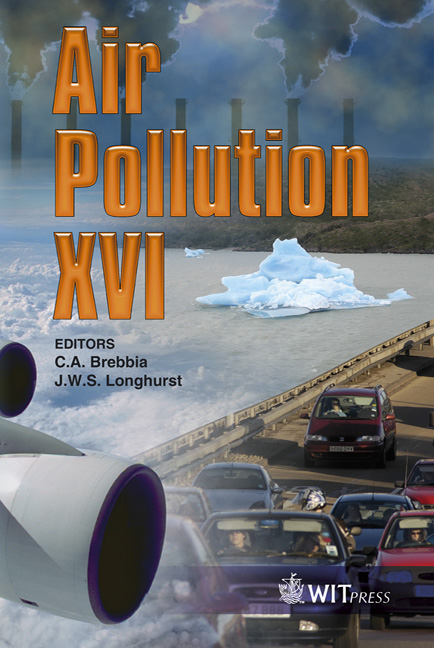Modeling Carbon Emissions From Urban Land Conversion: Gamma Distribution Model
Price
Free (open access)
Transaction
Volume
116
Pages
10
Page Range
301 - 310
Published
2008
Size
536 kb
Paper DOI
10.2495/AIR080311
Copyright
WIT Press
Author(s)
A. Svirejeva-Hopkins & H.-J. Schellnhuber
Abstract
In this paper we examine the method used for calculating regional urban area dynamics and the resulting carbon emissions (from the land-conversion only) for the period 1980–2050 for the eight world regions. This approach is based on the fact that the spatial distribution of population density is close to the two-parametric gamma-distribution. The developed model provides us with the scenario of urbanization, based on which the regional and world dynamics of carbon emissions and export from cities, and the annual total urban carbon balance is estimated. According to our estimations, world annual emissions of carbon as a result of urbanisation increased to 1.25 GtC in 2005 and began to decrease afterwards. If we compare the emission maximum with the annual emission caused by deforestation, 1.36GtC per year, then we can say that the role of urbanised territories (UT) in the Global Carbon Balance is of a comparable magnitude. Regarding the world annual export of carbon from UT, we observe its monotonous growth by three times, reaching 505 MtC. The latter is comparable to the amount of carbon transported by rivers into the ocean (196-537 MtC). The current model shows that urbanization is inhibited in the interval 2020–2030, and by 2050 the growth of urbanized areas would almost stop. Hence, the total balance, being almost constant until 2000, then starts to decrease at an almost constant rate. By the end of the XXI century, the total carbon balance will be equal to zero, with the exchange flows fully balanced, and may even be negative, with the system beginning to take up carbon from the atmosphere, i.e., becomes a \“sink”. Keywords: urban area, carbon emissions, cities’ growth, urbanisation, population density, distribution, carbon source and sink, vegetation, carbon cycle.
Keywords
urban area, carbon emissions, cities’ growth, urbanisation, population density, distribution, carbon source and sink, vegetation, carbon cycle.





